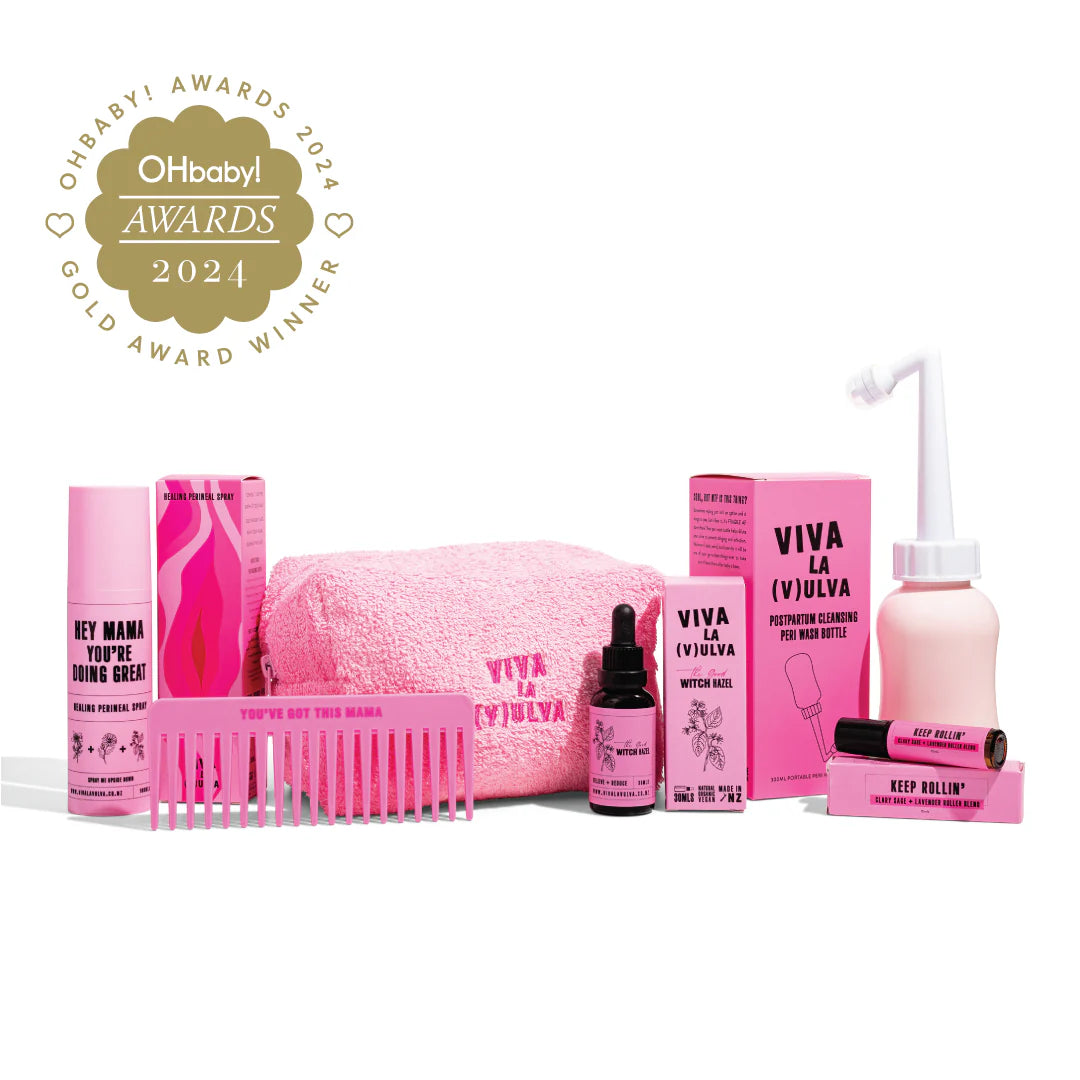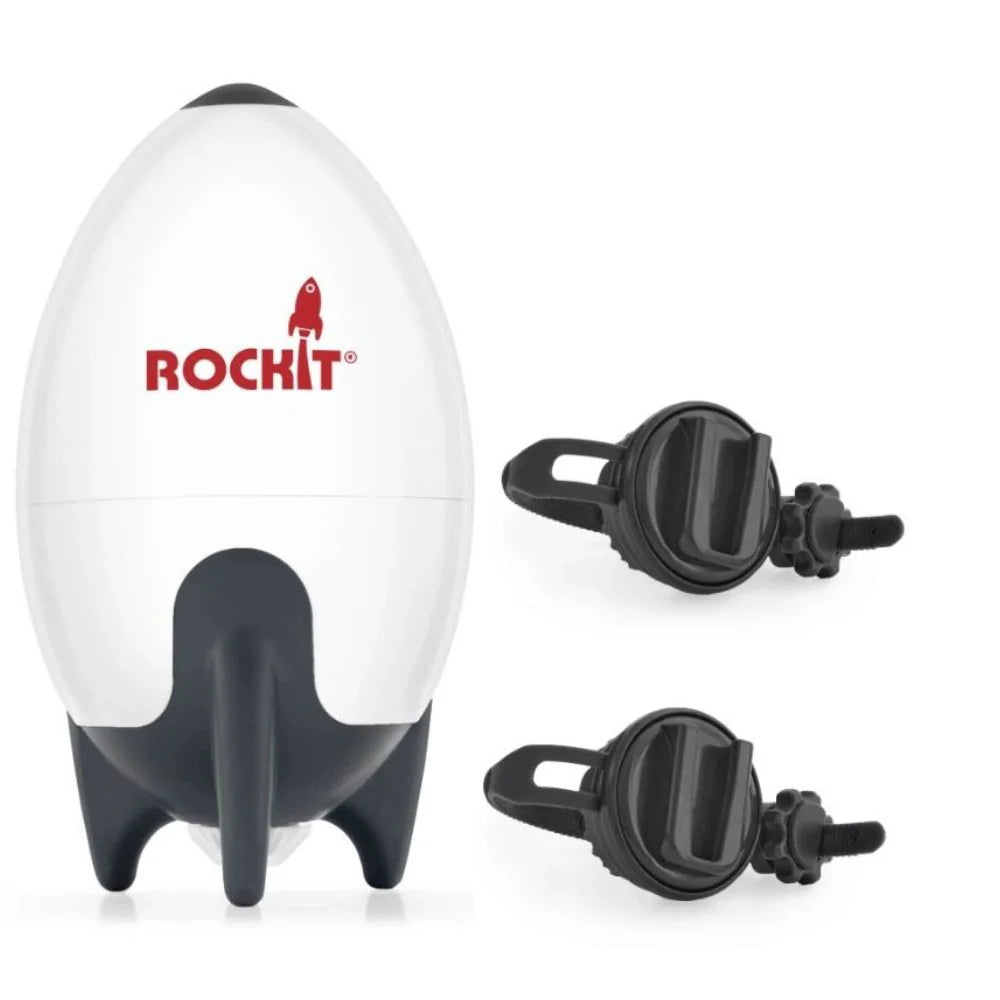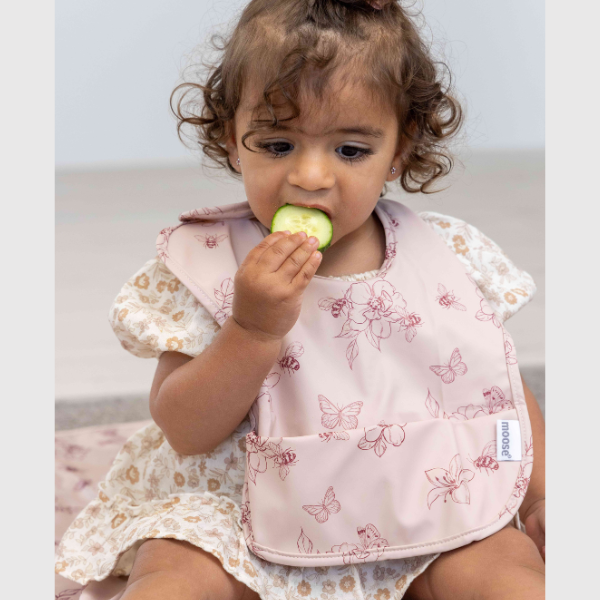News
Choosing the right bedwetting alarm
What's the best bedwetting alarm for my child? At first nocturnal enuresis (best known as bedwetting) sounds like a disease, but it’s not. Even so, in some children it can cause serious embarrassment and poor self-esteem. What is Nocturnal Enuresis? Nocturnal enuresis, in layman’s terms, is bedwetting. If you have a child over the age of six who is wetting the bed, you may have tried everything and now you are wondering if there is any help. There is, and it’s called a bedwetting alarm. How does a bedwetting alarm work? One of the main causes of bed wetting in children is a combination of deep sleeping patterns and over production of urine. Making use of the best bedwetting alarms can help teach a child’s body to better respond to a full bladder, as well as help break the deep sleep cycles that are typical of this behaviour. An electronic bedwetting alarm sounds an alert as soon as a child begins to urinate. Bedwetting alarms are designed to assist bedwetters in training their brains to react to their full bladders by awakening and using the toilet. A bedwetting alarm “senses” moisture as the first drops of urine are released, and sounds a shrill alarm, waking the child. A feeling of bladder fullness will eventually replace the sound of the bedwetting alarm as the signal to the sleeper’s brain that it’s time to get up and visit the toilet. Bedwetting alarm therapy is actually a type of behavioral conditioning. Bedwetting alarms are 100% safe and commonly prescribed by Continence Nurses as a way to stop bedwetting. There are different types of alarms which works in slightly different ways to suit your specific needs. We've found the best bedwetting alarms: Best Bedwetting Alarms #1 Wearable Bedwetting Alarms (with cord) With a wearable alarm, the sleeper places the moisture sensing device in his or her pyjama bottoms or underwear (in the line of fire!). A wearable bedwetting alarm reacts to the urine almost immediately. This type of bedwetting alarm is a design in which the child wears the moisture sensor, which is connected to the alarm device by means of a cord, in or on their underwear or pajamas. The cord usually runs from the sensor under the pyjama top and attaches to the collar of the child's pyjama top. WetStop3 is with little doubt the best wearable bedwetting alarm available in the market today. It is a good cost-effective alarm. #2 Bed-and-Pad Bedwetting Alarms In an alarm-and-pad bedwetting alarm, the moisture sensor is in the form of a pad placed beneath the sleeper. The sewn-in sensors in the pad detect moisture and the alarm sounds. The sensor pad which comes with the Wet Detective from Potty MD has the added advantage of being waterproof, which means you don’t need an extra waterproof pad on the bed (as well as the sensor pad). The pad is also industrial quality so it withstands wash after wash. This is a good option for those children who don’t want to wear an alarm. They are also good for adults, the elderly and those with special needs. #3 Wireless Bedwetting Alarms The third type of bedwetting alarm, the wireless alarm, has a moisture sensor/s which communicate to the alarm unit with a transmitter. No cords or pads are needed. Wireless alarms are the newest technology in bedwetting alarms. The Rodger Wireless Bedwetting Alarm comes with underwear with sewn-in sensors. The added advantage of this alarm over others is that moisture is detected immediately thereby triggering the alarm to sound immediately to wake the child. Another type of wireless alarm is the new Oopsie Heroes Bedwetting Alarm which is technology-based and uses a device/app. A small sensor is placed in the child's underwear 'in the line of fire' and the sensor 'talks' to the device/app. Bed wetting therapy experts have estimated that, with consistent and proper use, the best bedwetting alarms will train children to wake before wetting in around 4 to 10 weeks. Some train much quicker, within days, others take longer. Bedwetting alarms are successful in around eighty percent of young bedwetters. Alarm Type Alarm Type Useful for Advantages Wet Stop 3 Wearable alarm with clipped on sensor and cord Sound and vibration Children Cost effective. Simple to use. Proven success (sold since 1979). Wet Detective Sensor pad on bed and alarm unit beside bed Sound Children Adults Special Needs Elderly Can be set to a loud setting. Pad is waterproof. Simple to use. Comfortable – no cables. Rodger Wireless Alarm Wearable sensors sewn into the underpants with transmitter. Base unit plugged into wall. Sound Children Adults Special Needs Latest technology. Comfortable – sewn-in sensor underpants. No cords. Moisture detected immediately. Vibration device can be attached to wake very deep sleepers or those sharing a room. Can we worn during the day or night. Oopsie Heroes Wearable sensor 'talks' to a device/app Sound Voice (parent) Younger children Special Needs Latest technology. Comfortable - no cords. Moisture detected immediately. Can activate alarm using a recording of parent's voice. Bedwetting Alarm Best Practice Choose the right time. Choose times when routines are not interrupted too much. Talk to your child about how the alarm works and help him get prepared each night (spare pyjamas, night light, change of underpants/bed pad). Make setting the alarm part of your everyday bedtime routine. Do not skip nights. Be POSITIVE! Give plenty of encouragement and stay confident and positive along the way. When the alarm sounds, make sure they wake up completely, get out of bed and switch the alarm off (by themselves) and visit the toilet. Work on daytime toilet habits too. It is important for your child to drink plenty of water during the day and visit the toilet at regular times. To help you do this use a vibrating reminder watch. Avoid using nappies or pull-ups—your child should feel the wetness. For some children it takes time before they wake to the sound of the alarm. Be patient & assist your child with waking when the alarm sounds. With time they will wake by themselves. Remain PATIENT throughout the process. Some children become dry within days, others take weeks. As you continue to use the alarm every night the number of dry nights will begin to outnumber the wet ones. However, during the training process, expect the occasional accident to occur. This is normal as your child’s body develops. Before starting on your journey to dry nights, we would recommend you read the free e-book Wake Up Dry.
Learn moreWhich bedwetting alarm works best?
Research shows bedwetting alarms are the most useful and successful tool to treat bedwetting. Studies suggest alarms will help 80 per cent of children to become dry, and the majority of children will then stay dry. How does a bedwetting alarm work? Different alarms work in slightly different ways but essentially a sensor detects wetness, which then activates an alarm (which vibrates and/or sounds) to wake your child. Eventually the alarm conditions the brain to wake up before any accidents happen at all. The time is takes to ‘train the brain’ and stop wetting varies from child to child, but for some children they become dry within 10 days, other children can take much longer. Choosing the right bedwetting alarm There are three types of bedwetting alarms: #1 Wearable Bedwetting Alarms With a wearable alarm, the child places the moisture sensing device in his or her pyjamas or underwear (in the line of fire). When the child wets, the sensor detects the wetness and the alarm is sounded. The sensor is attached to a cord at one end and the alarm/unit at the other end. The unit attaches to the pyjama top. With this alarm your child can use a waterproof bed pad. Recommended: At Moosebaby we offer two types of wearable alarms. The Rodger Amigo is a good cost-effective alarm which provides you with the option of a sound and/or vibration alarm to wake your child. Because you can turn off the sound and use the alarm on vibration only, it is useful for daytime toilet training as it offers discretion. The other type of alarm we offer is the WetStop3 which has been used successfully for over 40 years! It is also a good cost-effective alarm. #2 Bed-and-Pad Bedwetting Alarm With an ‘alarm-and-pad’ bedwetting alarm, the moisture sensor is sewn into the pad placed beneath the sleeper. The sewn-in sensors in the pad detect moisture and the alarm sounds. There are a number of bed and pad alarms on the market and the price varies considerably. #3 Wireless Bedwetting Alarm The third type of bedwetting alarm, the wireless alarm, is the newest technology on the market. The child wears special underpants (available in all sizes) which have sewn in sensors. The added advantage of this alarm over others is that moisture is detected immediately thereby triggering the alarm to sound immediately to wake the child. This alarm is comfortable to wear as no cords or cables are involved. A small transmitter is attached to the underpants and a base unit is plugged into a power point (or powered by battery). Another advantage of this alarm is that if you have a particularly deep sleeper or you have a child who shares a room, then a vibrating unit (Bed-Shaker) can be attached to this unit so vibration is used to wake your child. Lastly, a separate base unit can be purchased to place in the caregiver’s room so mum or dad can also hear the alarm sound. Recommended: Rodger Wireless Bedwetting Alarm Alarm Type Alarm Type Useful for Advantages Wet Stop 3 Wearable alarm with clipped on sensor and cord Sound and vibration Children Cost effective. 6 varying alarm tones plus vibration alert. Choose the best setting for your child. Lightweight & comfortable. Efficient on battery power. Effective for day or night-time training. Can use on vibration-alarm mode only to allow for discretion. Proven success (sold since 1979). Rodger Amigo Wearable alarm with clipped on sensor and cord Sound and/or vibration Children Adults Special Needs Daytime Toilet Training Cost effective. Lightweight & comfortable. Clean, modern, European-design. Effective for day or night-time training. Can use on vibration-alarm mode only to allow for discretion. A selection of alarm sounds & volume settings. Rodger Wireless Alarm Wearable sensor underpants with transmitter. Base unit plugged into wall. Sound Children Adults Special Needs Latest technology. Comfortable – sewn-in sensor underpants. No cords. Moisture detected immediately. Vibrating Bed Shaker attachment available. Second base unit for parent’s room available. Bedwetting alarms best practices Choose the right time. Choose times when routines are not interrupted too much. Talk to your child about how the alarm works and help him get prepared each night (spare pyjamas, night light, change of underpants/bed pad). Make setting the alarm part of your everyday bedtime routine. Do not skip nights. Be POSITIVE! Give plenty of encouragement and stay confident and positive along the way. Work on daytime toilet habits too. Encourage regular fluid and toilet stops throughout the day. Avoid using nappies or pull-ups—your child should feel the wetness. For some children it takes time before they wake to the sound of the alarm. Be patient & assist your child with waking when the alarm sounds. With time they will wake by themselves. Remain PATIENT throughout the process. Some children become dry within days, others take weeks. As you continue to use the alarm every night the number of dry nights will begin to outnumber the wet ones. However, during the training process, expect the occasional accident to occur. This is normal as your child’s body develops. SHOP all alarms Download our free e-book Wake Up Dry
Learn more






